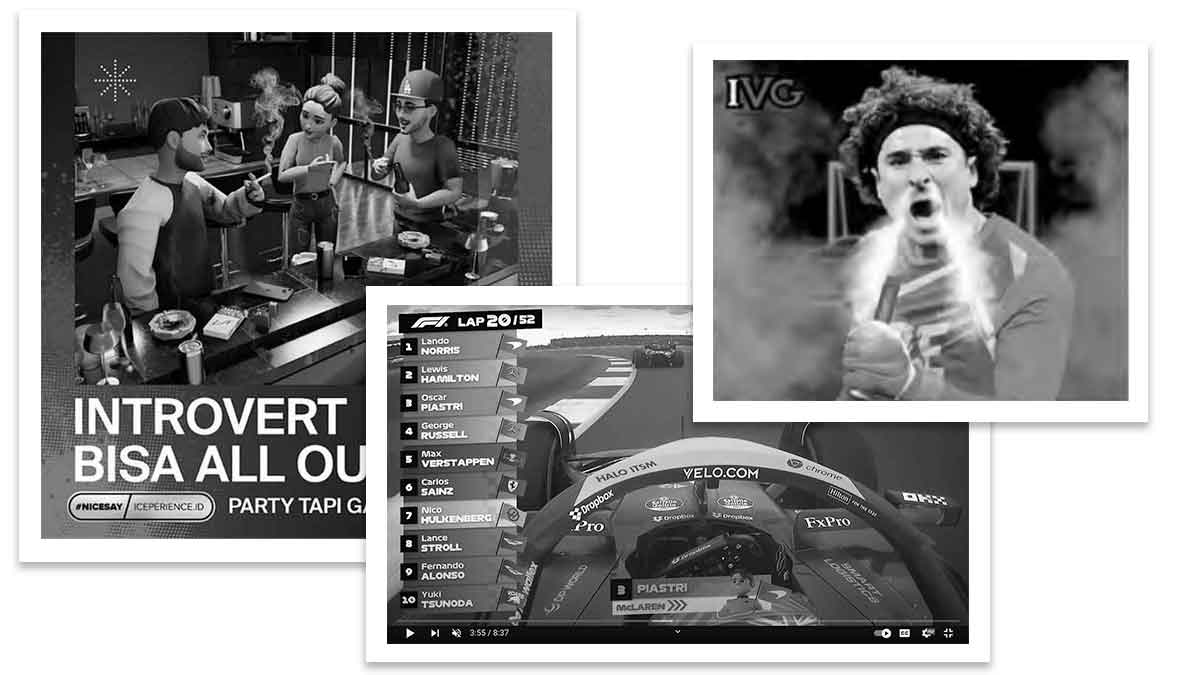- Resources
- News
-
-
Get Email Updates
Sign up for STOP's emails and never miss an update on our latest work and the tobacco industry's activity.
-
Get Funding
Ready to tackle industry interference? You could be eligible for a grant.
-
Share a Tip
Do you have information on tobacco industry misconduct in your country? Let us know.
-
Get Email Updates

Around the world, an estimated 37 million 13-15-year-olds use tobacco products. Let that sink in for a minute.
That means at least 37 million young people—equivalent to the entire population of Canada—face two difficult challenges: quitting tobacco, or dealing with a lifelong addiction to a product that will hinder their development, strain their finances and ultimately kill up to half of them. The communities they live in will feel the pain, too. Friends and family members will have to grieve those they eventually lose to tobacco use, and health systems and economies will bear the burden of tobacco-related illness and premature death.
It’s grim. But this is the result when tobacco companies succeed in hooking the next generation. Here are three ways flavors lead to youth uptake, addiction and, ultimately, harm.
1. Flavors seem more appealing
Among the things that make tobacco appealing to young people, from low prices to easy access, flavors are particularly dangerous. Regular tobacco can taste and smell really bad to new smokers, in addition to causing irritation in the throat and lungs.
Tobacco companies know these are barriers to smoking initiation, and, therefore, to their profits. So they add flavors to tobacco during processing, such as fruit, candy, spice or menthol (mint). More recently, in 2007, tobacco companies introduced flavor capsules—small capsules in the filters of cigarettes that users can crush to release a flavor while smoking, adding an element of choice and interactivity.
Data shows that the industry’s efforts to use flavors to hook young users have worked. A 2022 study observed that flavored cigarettes have played an important role in youth and young people starting to smoke and continuing to smoke in South America, Africa and Eastern Europe. The same was observed in North America. A study of about 13,600 U.S. adolescents found that product flavoring was the most common reason for tobacco use, across all tobacco types. And for 85% of those surveyed who had ever used tobacco, a flavored product was the first tobacco product they had tried. In a survey from Zambia, 69% of younger survey respondents reported using menthol products. And focus groups of young adults in the Philippines rated flavor capsule cigarette packs as more attractive than nonflavored and regular menthol cigarettes, with some comparing the taste of the capsule to candy.
The inverse also appears to be true: Lack of flavors makes tobacco less appealing. Four studies that examined girls’ and young women’s perceptions of flavored tobacco across Brazil, Canada, the United Kingdom and the United States found that appeal dropped significantly when flavor descriptions were removed from tobacco packaging.
2. Flavored tobacco seems less harmful
In addition to making tobacco seem more appealing, tobacco that doesn’t taste like tobacco can also seem less dangerous.
In two of the four studies examining girls’ and young women’s perceptions of flavored tobacco, participants rated packs that included flavor descriptions as lower health risk than packs without flavor descriptions—with young girls significantly more likely to rate flavored tobacco as less risky.
Young adults are also susceptible to this confusion. In a survey about perceptions of smokeless tobacco packaging in the United States, more young adults than older adults said that packs without flavor descriptions would deliver more dangerous chemicals.
Even among flavored tobacco, some flavors stand out to consumers as seeming less dangerous than others. In addition to imparting a minty taste, menthol provides a cooling, numbing effect. This can cover up throat pain and coughing experienced when smoking, and provide false “psychological assurance” about the harms of smoking. This was seen in the young adult focus groups in the Philippines. Participants rated some menthol-flavored cigarettes as less harmful than other flavors and non-flavored cigarettes.
And even when tobacco wasn’t present in a product, non-tobacco-flavors seemed less dangerous than tobacco-flavored products. Adolescents in the United Kingdom perceived tobacco-flavored e-cigarettes, which do not contain tobacco, as more harmful than non-tobacco-flavored e-cigarettes, such as cherry and candy floss. (Side note: Flavors are a key driver of e-cigarette use among youth, globally, too.)
3. Flavors can lead to regular use and make it harder to quit
Young people who try flavored tobacco because it seems more appealing or less dangerous than non-flavored tobacco may not intend to become regular users. But many do.
A survey of more than 17,000 young people in Canada found that those who had ever used a flavored tobacco product were significantly more likely to be susceptible to cigarette smoking. The risk is present for smokeless tobacco, too. Data from the United States showed that 48% of those who started using non-flavored smokeless tobacco continued to use non-flavored smokeless tobacco, whereas 64% of those who started using mint-flavored products continued to use flavored products.
Menthol, the most common flavor added to tobacco, making up about 10% of the global cigarette market, appears to be especially difficult to quit. One study of smokers in the United States showed that menthol smokers made more quit attempts (almost 9% more than nonmenthol smokers), yet were less successful. Menthol smokers’ likelihood of quitting was 6% lower over a five-year span. This has exacerbated existing health inequities facing Black people in the United States, whom the industry has relentlessly targeted with menthol marketing—including youth.
Flavors are a major cause of the global tobacco epidemic—and it’s time they are banned
If flavored tobacco products, additives and accessories were banned everywhere, imagine how many fewer young people around the world would use tobacco. Imagine how many more would be users if no governments had banned flavors.
Those 37 million young people aren’t just a statistic. They are girls and boys whose futures risk being ruined by tobacco products and the companies that produce them. For those living in low- and middle-income countries, where 80% of the world’s tobacco users live, the risk is even greater.
It’s time to recognize flavors as a leading cause of youth uptake of tobacco, and as a perpetuator of the global tobacco epidemic that needlessly claims more than 8 million lives every single year. To prevent more young people from becoming addicted to tobacco, flavors must be banned.




